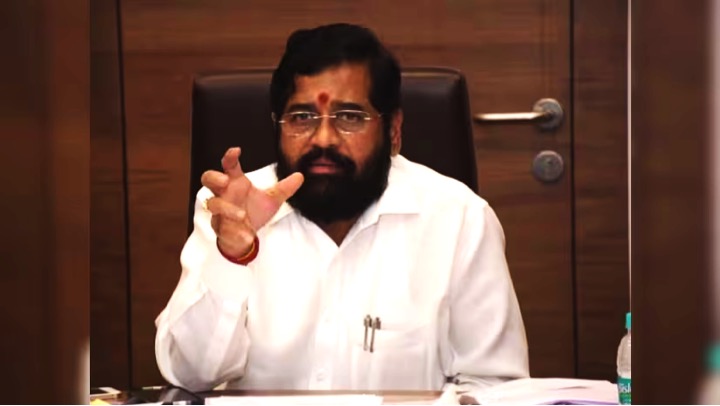Prime Minister Narendra Modi made some pertinent points on the much-needed farm reforms and did well by mentioning the contribution of dairy farming. In his Rajya Sabha address on Monday, he said: “The contribution of dairy farming is over 28 per cent in the agricultural market in India. Its trade is worth Rs 8-lakh crore. The value of milk is both higher than food grains and pulses combined together.”
This has to be seen in light of the government’s attempts to improve rural incomes. But how to increase the rural income should be the focus. The government data paints a dismal picture as it reveals the growth of income through cultivation to be 3 per cent and through animal husbandry 14 per cent. The per capita income in the village is Rs 6,500. All these figures come in the backdrop of the government’s efforts in doubling farmer’s income. Once the income is doubled, it will lead to growth opportunities.
Animal Husbandry sector
Now when we come to the dairy/animal husbandry sector, we find that it contributes 28 per cent to the agriculture GDP and 4.5 per cent to the national GDP. But the agriculture contribution to the GDP is reducing day by day. At the time of Independence, it was 50 per cent and it is just 15 per cent now. It shows that the agriculture cultivation is going down, while the animal husbandry is going up. (Animal husbandry is Rs 11-lakh crore and the diary is Rs 8-lakh crore). With this, we see that dairy value is more than the combined price of wheat, paddy and sugarcane, where the Minimum Support Price (MSP) is there. In the milk sector, there is no MSP.
Next, we see that in the agriculture cultivation, only landowner farmers are involved, and in dairy, more than 80 per cent of landless and marginal farmers are involved.
The three farm reform measures taken by the government enable the farmers to sell their produce freely to anybody, anywhere and at any price. The industry was liberalised in 1991 and the dairy industry was liberalised in 1992. Although even before that farmers were free to sell their produce to anybody, there were restrictions on the investments by the private sector under certain categories.
Growth in the dairy sector
If you see the dairy industry, its growth in production in the last ten years is more than 6 per cent, which is three times more than the increase in world milk production. In the case of milk, neither we are surplus nor deficit, we produce what we consume. Where in the case of wheat, paddy and sugarcane, we have got surplus but no opportunity for exports. We have a deficit for pulses and edible oil and we are importing Rs 75,000 crore worth of edible oil and Rs 10,000 crore worth of pulses. So the intention of farm bills is to free farmers like industry and animal husbandry and dairy farmers.
We need to divert our agriculture from domestic surplus (wheat, paddy and sugarcane) to import substitution (edible oil and pulses).
Agriculture farmers who are mainly landowners get subsidies like fertilisers, power, seed, crop insurance subsidy, etc. worth Rs 2,15,000,00 per annum as said in the latest Union Budget. On the other hand, the animal husbandry gets only Rs 3,500 crore, (1.5 per cent of the agriculture budget).
APMC versus milk cooperatives
Also, I would like to share that in the case of agriculture, there are 6,000 to 7,000 APMCs and for the milk sector, there are more than 3 lakh mandis in 6,000 villages. So we see that with the corporates, there is competition based on their supply chain efficiency.
I feel that if the government can encourage more MSMEs to enter into buying and aggregating agriculture crops at the village level, this apprehension of the bigger industries monopolising the purchase can be addressed.



























